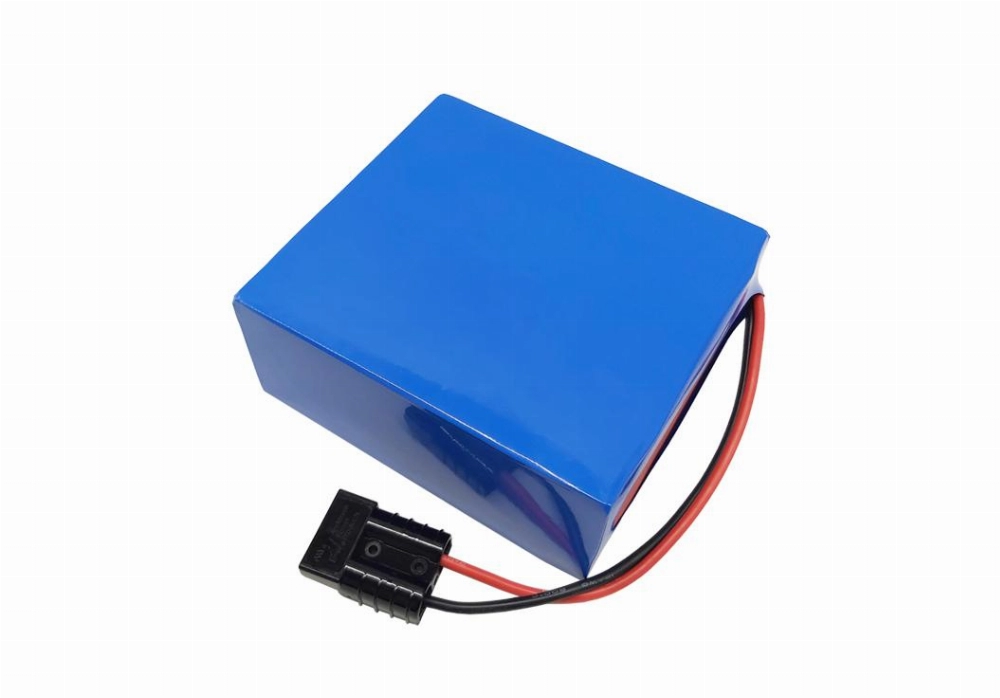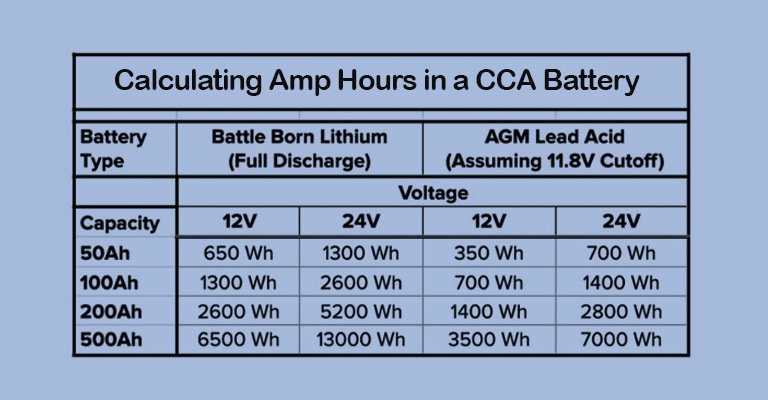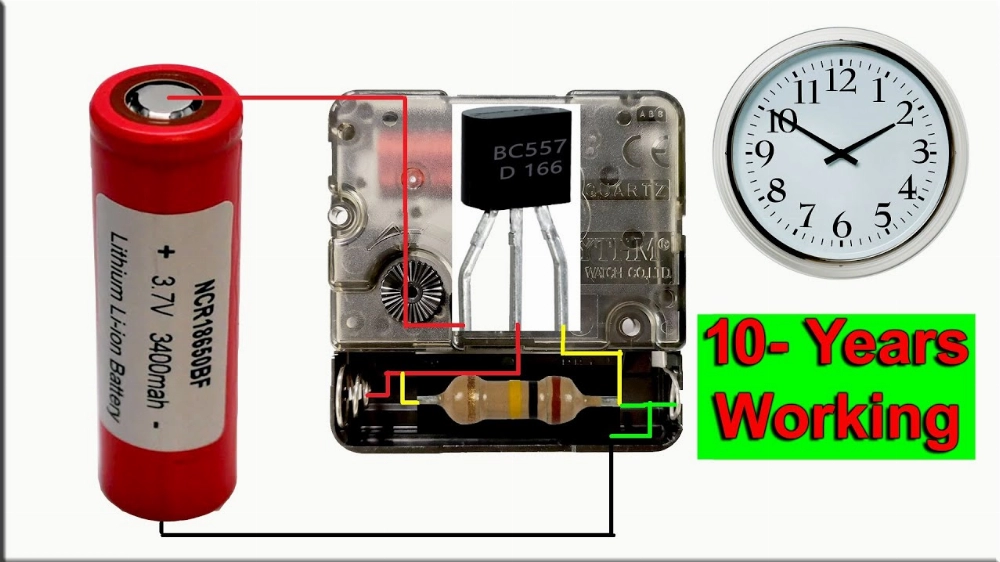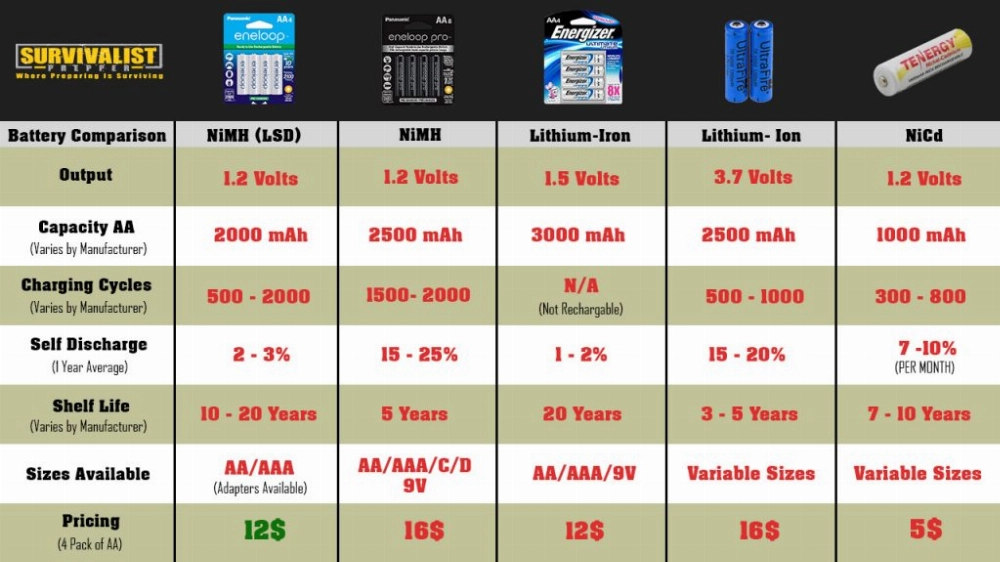18650 Battery Specifications: A Detailed Guide
Today, we will delve into the detailed specifications of the 18650 battery. By the end of this article, you will have a better understanding of the 18650 battery’s dimensions, voltage range, and capacity. This knowledge will help you choose the right 18650 battery for your electronic devices for optimal performance.
Part 1: What Do 18650 Battery Specifications Include?
For 18650 batteries, there are several key specifications to understand. First is the battery’s size, designed for compatibility with various electronic devices. Second, the 18650 voltage range is crucial. The voltage typically ranges from 2.5V to 4.2V, varying with battery type and charge level. Finally, consider the 18650 battery’s capacity, typically between 1500mAh and 3500mAh. Additionally, we will examine protected versus unprotected batteries, and standard lithium-ion (Li-ion) versus high-power batteries.
Part 2: 18650 Voltage Range
Voltage refers to the potential difference that drives electrical current through a circuit. The higher the voltage, the stronger the force pushing the current, measured in volts (V). Understanding the voltage range of 18650 batteries is essential to ensure their proper use in devices.
A. Typical Voltage of 18650 Batteries
Despite their compact size, 18650 batteries can deliver up to 3.7V, making them well-suited for powering small electronics.
- Nominal Voltage: The nominal voltage of a fully charged 18650 battery is typically around 3.6V or 3.7V, indicating a full charge and readiness for use.
- Maximum Charging Voltage: Monitoring the charging voltage is crucial for rechargeable 18650 batteries. During charging, the voltage can reach up to 4.2V. Exceeding this voltage can damage the battery.
- Minimum Discharge Voltage: Avoid dropping the voltage below 2.5V to prevent reducing battery lifespan and performance.
B. 18650 Battery Voltage Comparison Table
A clear understanding of voltage specifications is essential for selecting and using 18650 batteries, ensuring compatibility and safe operation in various devices.
| Voltage | Description |
|---|---|
| 2.5V – 4.2V | Operating voltage range (V) |
| 3.6V | Nominal voltage for Lithium-Ion 18650 battery |
| 3.7V | Nominal voltage for Lithium-Ion 18650 battery |
| 3.2V | Nominal voltage for Lithium Iron Phosphate (LiFePO4) 18650 battery |
| 4.0V – 4.2V | Fully charged voltage for Lithium-Ion 18650 battery |
| 2.5V – 3.0V | Typical cut-off voltage (low charge state) for Lithium-Ion 18650 battery |
| 2.0V – 2.5V | Minimum safe operating voltage (V) for Lithium-Ion 18650 battery |
Whether you’re looking for new batteries for your devices or projects, 18650 batteries offer a variety of options to meet your needs. They have a nominal voltage of 3.7V and can be customized to meet specific requirements.
Part 3: 18650 Battery Size
The name of the 18650 lithium-ion battery comes primarily from its physical dimensions. An 18650 battery is 18mm in diameter and 65mm in length. This compact size gives it excellent power density.
Here are the exact dimensions of an 18650 battery:
| Specification | Value |
|---|---|
| Diameter | 18 mm |
| Length | 65 mm |
| Approximate Volume | Approximately 16.5 cubic centimeters (cm³) |
Key Points of 18650 Battery Size
- Diameter: The standard diameter of an 18650 battery is 18 mm (with a tolerance of ± 0.2 mm), which is consistent throughout the industry.
- Length: The standard length of an 18650 battery is 65 mm (with a tolerance of ± 0.1 mm).
These precise dimensions contribute to the widespread use of 18650 batteries in consumer electronics, offering reliable power in a compact form factor.
After this overview of 18650 battery specifications, you should now have a clearer understanding of their dimensions, voltage range, and capacity. Choosing the right battery for your device ensures efficient performance and extends lifespan. If you are looking for a deeper understanding of battery types, be sure to check out our Lithium Battery vs Lead Acid Battery Comparison to make an informed decision.
Low capacity, typically used in flashlights, remote controls, and other small devices.
2100 – 2600 mAhStandard capacity for everyday devices like vaping devices, toys, and other medium-power devices.2700 – 3200 mAhHigh capacity, used in power tools, trimmers, and other high-power devices.3300 – 3500 mAhUltra-high capacity, commonly found in cell phones, electric vehicles, and other energy-intensive electronics.
Part 3: Frequently Asked Questions (FAQ)
What is the typical capacity range of 18650 batteries?
18650 batteries typically range in capacity from 1500mAh to 3500mAh. A higher mAh rating means the battery can store more energy, providing a longer runtime before needing to be recharged.
Are all 18650 batteries the same?
No, 18650 batteries can vary in their chemical composition. While many are lithium-ion, others may use Lithium Iron Phosphate (LiFePO4). Additionally, the specifications of 18650 batteries can vary by model and brand. It is important to ensure compatibility with your device before selecting a battery.
How do I choose the right 18650 battery capacity for my device?
To choose the best 18650 battery for your device, you should match the battery’s specifications to your device’s power requirements. Factors such as runtime, size, and price should also be considered when making your selection.
Can I use different brands/models of 18650 batteries together?
It is not recommended to mix and match batteries of different brands or models. Even if their specifications appear similar, differences in resistance, charging, and discharging rates can lead to safety hazards. Using mismatched batteries together may result in performance issues or even danger.
The Ultimate Guide to Using a Lithium-Ion Jump Starter
A lithium-ion jump starter is a must-have for automotive emergencies. This guide outlines how to use it, key safety precautions, maintenance tips, and why investing in one is a smart move.
What is a Portable Battery Charger?
A portable battery charger is designed to keep your devices powered on the go. This guide explains the definition of a portable battery charger, the materials used in its construction, and how it works, making the device easy to understand.
How to Choose the Best Battery Pack for Your Needs: Capacity, Performance, and More, etc.
Choosing the right battery pack is crucial for reliable performance. This guide covers capacity, safety, and other important factors to help you make an informed decision.








